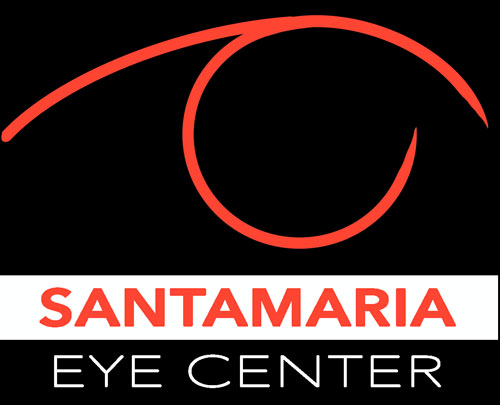The LASIK Procedure
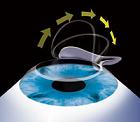
After your eye has been completely numbed using “eye drop” anesthesia, an eyelid holder will be placed between your eyelids to prevent you from blinking.
Next, an instrument known as microkeratome makes a protective flap in the corna. During this process you may feel a little pressure, but no discomfort. You will be asked to look directly at a target light while the laser reshapes the cornea, usually in less than a minute.
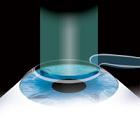
To treat nearsightedness, the cornea must be made flatter, this is accomplished by removing tissue from the center of the cornea.
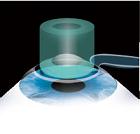
To treat farsightedness, the central cornea must be made steeper. This is accomplished by directing the laser beam to remove tissue from around this area.

To treat astigmatism, the cornea must be made more spherical. By changing the pattern of the beam, tissue is removed in one direction more than the other.

Then, the protective flap is folded back in place where it bonds securely without the need for stitches. After LASIK , some patients report a slight discomfort that usually foes away within twelve to twenty-four hours.
Patient Education
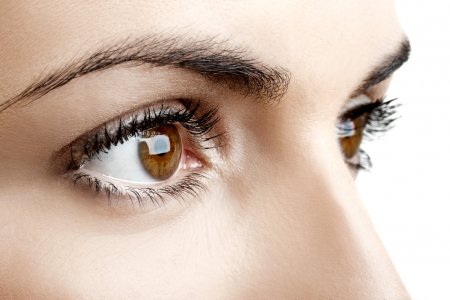
Are You A Candidate |
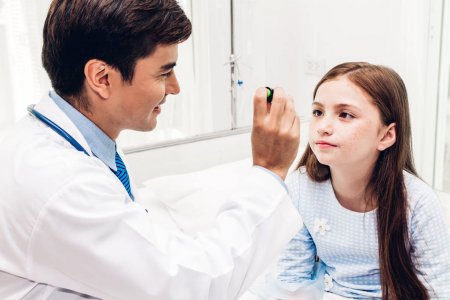
The LASIK Evaluation |

What You Need To Know About LASIK? |

Refractive Errors |
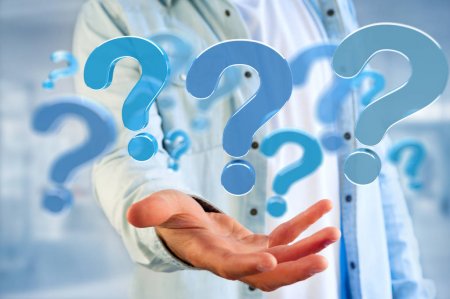
Frequently Asked Questions |
